See one of the most popular places in the world at a quiet time of year
I had the good fortune to recently travel to Rome, Italy and spend a week there. Predictably, I had a great time.
For me, Rome just fits. As a former classics major in college who still dabbles in ancient history and languages, there’s no better city for me to visit. But enough about me.
I am not going to reveal my greatest hits list of Roman ancient sites or share my definitive list of the city’s top five hidden gems (you would probably disagree with me anyway). Instead, I was asked to write about a more practical subject: What was it like to visit Rome in the off-season?

We at AAA Washington felt it would be useful to provide a first-hand account of what it is like to travel to one of the world’s most popular tourist destinations at one of the least popular times of the year to go. My family (including my wife, Rita, and son, Frank) arrived in Rome in late February.
One thing before I begin: We spent a lot of time wandering around the ancient center of what was once the world’s most powerful city, visiting cathedrals, ruins and museums. This is the main tourist area.
We didn’t do much shopping, and never checked out Rome’s night life, its many parks and residential districts away from the city core — all of which are good reasons to go to Rome in themselves.
That said, here goes:
The weather was great
After booking the trip, I assumed that Rome in the off-season would be cold. So, a few weeks before we left, my wife and I bought new coats, sweaters, even gloves. As it turns out we didn’t need them. The weather was terrific the entire time we were there, with mild days, cool breezes, little rain. So, one great benefit of visiting in February is that the weather was perfect for walking. You avoid Rome’s often oppressive heat. (I have been to the city in early September, and it was still very hot after midday, especially when you’re walking over hot cobblestone streets with the sun beating down.)
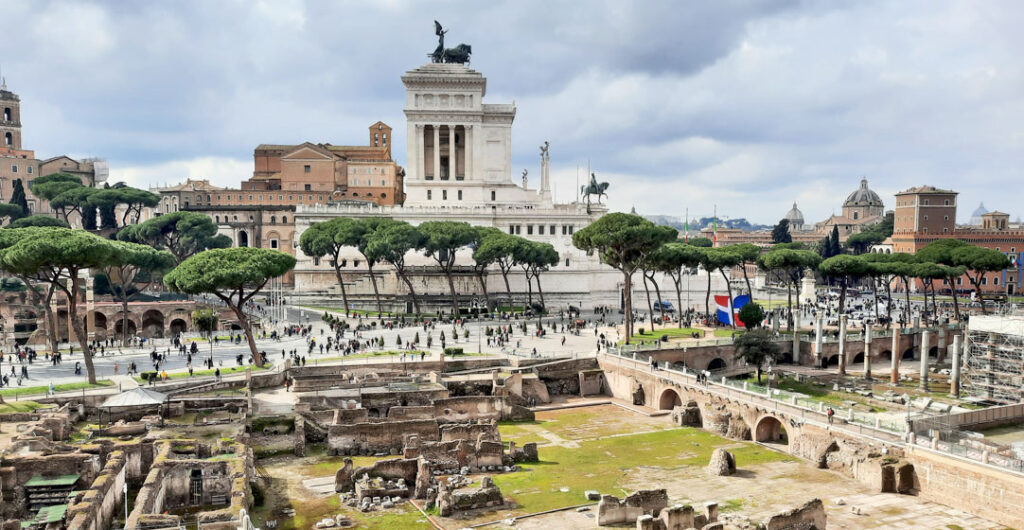
Hotel rooms are easy to find
We stayed in a small, two-floor hotel that was centrally located within about a 15-minute walk to Rome’s popular tourist attractions, such as the Roman forum and Colosseum. In the summer, a room in this affordable, no-frills hotel would be highly coveted by tourists and booked far in advance. While we were there, most of the rooms were empty.
While I didn’t poke my head into any other hotels and do a head count, I strongly suspect I could have had my pick of rooms in several hotels nearby, and at a significantly lower price than during summer’s peak season.
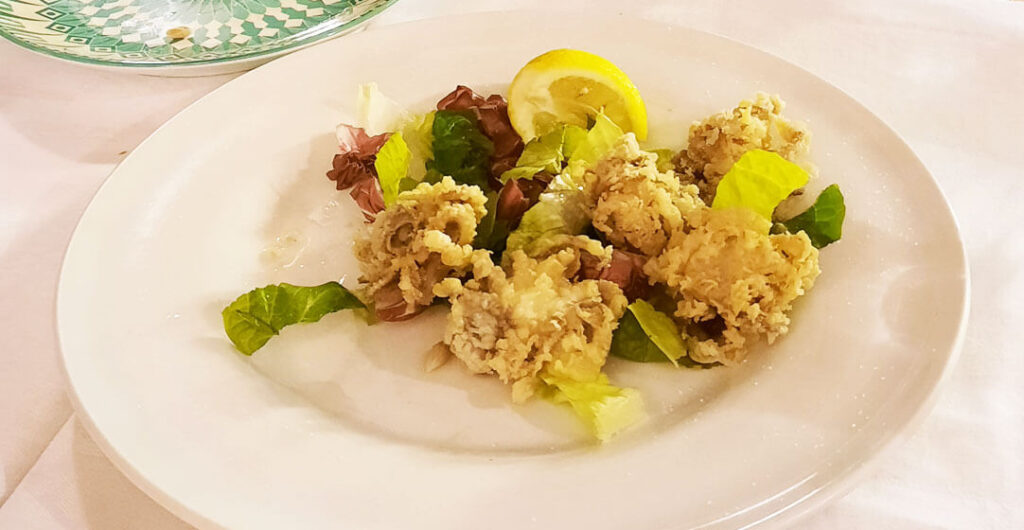
The food is spectacular
The food in Rome is as good as advertised. We had several memorable meals simply by wandering randomly into one of the city’s innumerable trattorias. During the offseason, there are too many restaurants in the city for the number of customers, so it is easy to immediately find a table in a good restaurant without a reservation. (Keep in mind, however, that Rome is also home to several famous and ancient restaurants that might require a reservation, but we didn’t attempt to dine in one of these.)
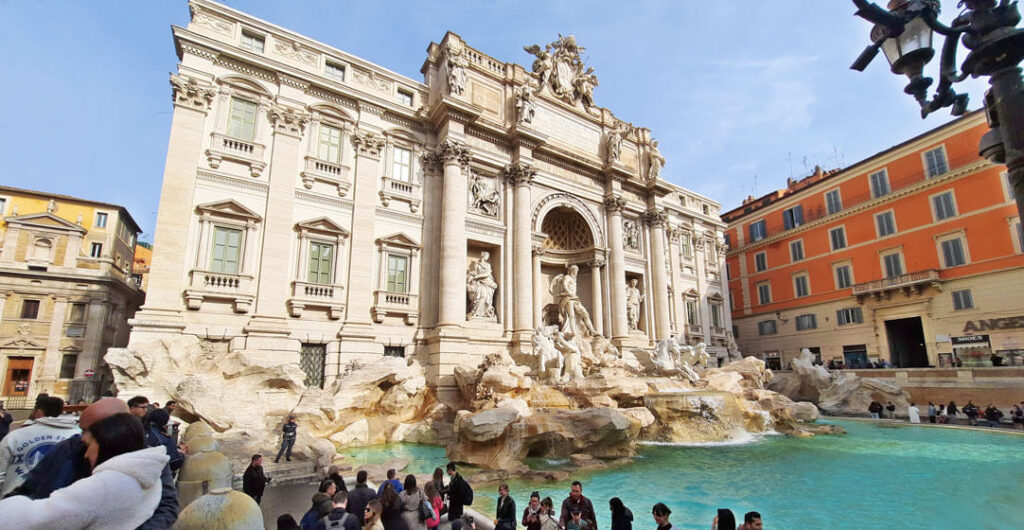
Rome’s most popular sites are always crowded
In one respect, this trip changed my travel philosophy. In the past, my strong preference when traveling abroad has been to wing it — in other words, buy tickets, book tours, etc., on the fly as I came across them. My assumption about Rome in the off-season was that I would not need to book ahead to visit the forum, the Colosseum, the Vatican Museum, etc., but I was wrong. Really wrong. Rome’s most popular tourist sites are always crowded and often sold out a couple of weeks in advance. For many attractions, you must show up with your ticket at a specific time on a specified day.
What’s more, booking tickets to Rome’s attractions isn’t that easy to do on the fly. To get into some of the most popular places, you need to book tickets online on an Italian language site, which you’ll probably find confusing if your grasp of the Italian language is as bad as mine. Fortunately, we were able to get tickets to all the places we wanted to see through a private tour operator (one advantage of visiting Rome in the off-season is that tour companies usually have extra spots available on their tours to see popular sites).
But it really would have gone more smoothly if we’d booked our tickets prior to leaving the United States. (Note that I booked this trip somewhat impulsively. I didn’t call a AAA travel agent for advice. That was a mistake. Next time I go, I am going to do more planning ahead.)
Note: Rome’s offseason runs roughly from mid-November to Easter, with the exception of the weeks around Christmas and New Year’s. If you’re thinking about visit Rome in the off-season, January and February are generally the two quietest months for tourism.
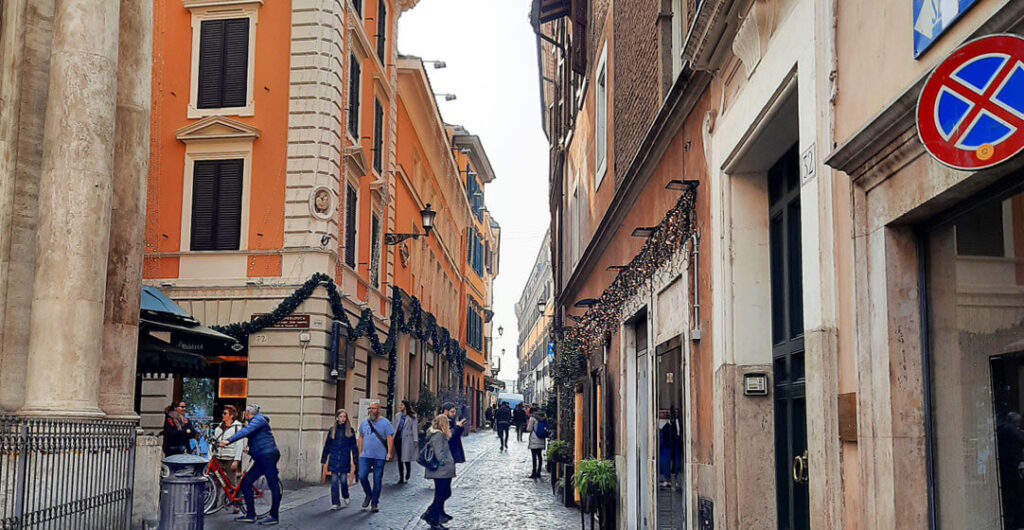
Consider skipping some tourist favorites
This may be a bit controversial but, if asked, I would encourage my friends to skip some of Rome’s most famous attractions. I am not saying don’t see the magnificent St. Peter’s Basilica; nor would I ever say don’t spend a few hours wandering around the ruins of the Roman forum where Julius Caesar and Rome’s first Emperor Augustus once walked, or among the cavernous Colosseum the setting of ancient blood sports. All these places are beyond fantastic; however, Rome is full of wonderful sites that no person could see in a week — and many of them aren’t crowded, and many are free.
For me, Rome is a huge open-air museum. For the first couple of days, we wandered into several cathedrals that are centuries older than the oldest church in the Americas, many of which are decorated with paintings and frescoes from Renaissance masters. I could have done only that for the entire week and come home quite happy — and yet most of these wonderful cathedrals were nowhere mentioned in the glossy front section the popular guidebook that I brought along for the trip with its “Top 10 Best Things to do in Rome” list.
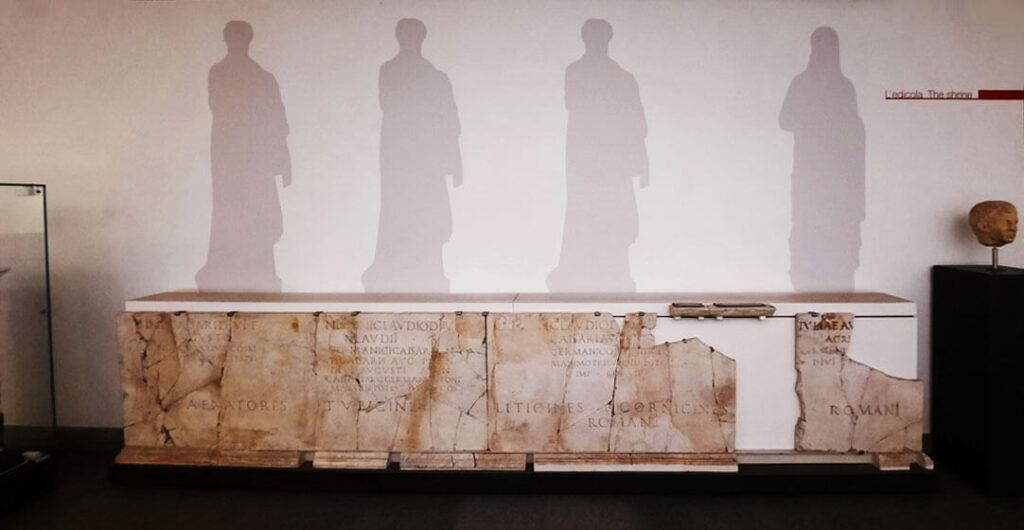
A tale of two museums
Just to illustrate my last point, I’d like to talk about my experience at two museums. One is among the most popular museums in the world: The Vatican Museum. Undisputedly, the Vatican Museum is among the world’s best. It holds the largest collection of Roman antiquities in Italy. It contains room after room of priceless objects of unimaginable importance to the Western tradition. And, of course, it’s the home of the Sistine Chapel with Michelangelo’s famed ceiling painting.
It is all wonderful, yet you do have to contend with crowds regardless of the season. In my case, I didn’t feel so much that I was walking of my own free will than being carried forward by a large, continuous mass of human beings through a series of rooms until I was deposited into a large, beautiful room, the Sistine Chapel, where hundreds of people were crowded shoulder-to shoulder looking skywards at the ceiling.
The Vatican Museum is worth visiting (you should definitely try punching that ticket at least once in your life), but there was another museum that I liked better.
This museum was about a 5-minute walk from my hotel and behind a medieval church. It is located near the train station and the ruins of a Roman bath. We discovered it by chance, and I wandered off alone into several rooms filled with statues, ancient curses and curiosities from the time of Rome’s founding to the Empire’s dissolution. There was hardly anyone else there, and I found myself standing in front of a chest that once belonged to the physician of Germanicus, a prominent figure in the early days of the Empire who appears in the Roman histories.
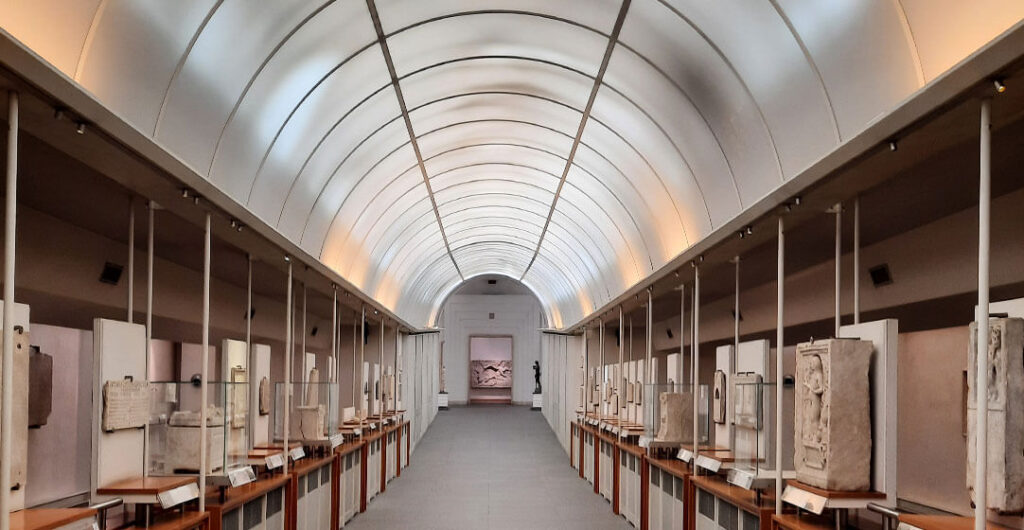
I dug around in my brain to translate the engraving in Latin on the box, how proud this man must have been to be associated with a figure of such importance. As I stood there alone in the silence of this room looking at this 2,000-year-old chest, I thought to myself, if I forget everything about this trip, I’ll remember this moment.
So, I am not going to tell you the name of this museum. (You might be disappointed if you visit the place, and it is up to you to find your own memories.) My point in telling this tale is that it was an unexpected delight.
In any season, Rome is full of unexpected delights for those willing to follow their own paths.
—Written by AAA Washington Content Editor Victor Whitman
—Top Photo: Frank Whitman

Travel Planning Tips
Get expert advice: Your perfect getaway awaits. No matter what destination you choose, or how you wish to travel, AAA Travel experts can help you plan a perfect experience that you will remember for years to come.
Purchase travel insurance: Protect your trip investment with travel insurance.
Consider Concierge: AAA’s Concierge Vacations feature done-for-you details and special amenities for travel to world-wide destinations. AAA Travel Agents will make your planning a breeze and your vacation unforgettable.
On the road: Get ready for every trip with a AAA Membership. Get peace-of-mind on the road and much more.
Save with discounts: AAA membership gives you access to exclusive discounts nationwide.









